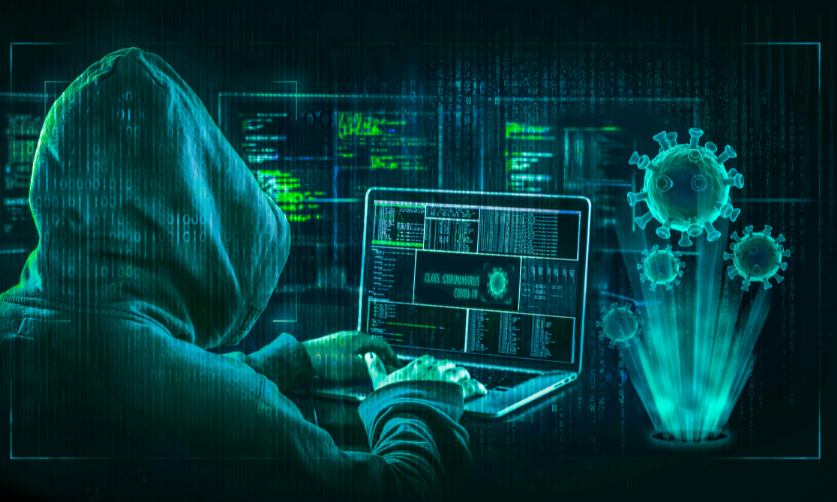We’ve been told stories for years about how technology will improve our lives. And it has, for the most part. With a few keystrokes on a computer, technology has boosted our efficiency, enabling us to operate from remote areas, and facilitated global business transactions. Individually, we can video chat with our loved ones, use a wrist watch to track our heart rate and workout goals, and use an app on our mobile device to control the lights, the thermostat, and check who is ringing the doorbell at our home.
Unfortunately, like with most good things in life, technology has its drawbacks. Technology is a positive for many reasons, including interconnection, access, and enhanced speed and efficiency, yet it is also a bad. The beneficial aspects of technology, in particular, can be utilised as a weapon for criminal conduct, putting individuals, businesses, and governments at danger of cyber breaches.
People, in their personal and professional life, are becoming increasingly interconnected as a result of digitization, in addition to corporations and governments. Individuals are most at danger from cybercrime because their personal and financial data is stolen, which criminals then utilise for things like identity theft, financial loss, and blackmail. Individuals are increasingly being targeted by phishing emails and custom social engineering techniques in order to obtain access to company systems and data.
The Foundations of an Intelligence-Led Strategy
- Understanding drivers and strong collaborations between business lines and risk management are important to successful cyber security programmes.
- Cyber security strategies must change from defense-in-depth networks to active defence strategies.
- Integrating a cyber risk management approach requires an intelligence-led attitude.
- Maintaining success in cyber risk strategies requires a strong internal interaction model between business line and risk management specialists.
- Cultivating cyber talent inside a company will result in successful cyber security.
Cybersecurity is a serious business that necessitates the coordination of numerous resources. Cybersecurity automation solutions excel at identifying intrusions that follow well-established patterns and strategies. These devices can raise a red alert and defend against the same attack again. That is extremely important and valuable.
A holistic strategy to cybersecurity, on the other hand, necessitates a proactive component as well — one that can assist safeguard your company before a threat even materialises. Threat intelligence analysts are the only ones who can help with such a proactive strategy. Humans programme and launch cyberattacks, and only another human can decipher the attacker’s emotions and motivations and extrapolate that information to forecast (and avoid) future attacks.
